
 |
|
|
Fruits
Volume 62 Number 12 Date 07/20/2017 SPOTTED WING DROSOPHILA - SWD flies have been captured across all monitoring sites in Columbia, La Crosse, Pierce, Sauk and Trempealeau counties, in blueberry, cherry, raspberry and strawberry plantings. The UW has also reported captures in Dane and Door counties. Counts first escalated sharply from July 1-7 when six of DATCP's 18 traps collected 50 or more flies. Four sites have now reported weekly counts of 200 or more flies, including two Trempealeau County traps which captured 392 and 594 flies. The localized rapid buildup of SWD in the west-central area indicates that populations will soon expand regionally, and infestations of small fruits are intensifying. Damage is already being reported on some fruit farms and in community gardens. Cultural management practices are particularly important for reducing SWD infestation and population buildup and include: netted exclusion of the plant canopy, sanitation and orchard/berry floor management, and development of a harvest and cold storage system. Cooling fruit to 34-38°F immediately after harvest is advised. Chemical control of SWD is intensive and involves insecticide applications at the onset of adult activity to prevent adult egg laying, short intervals between sprays, and insecticide rotation. For organic operations, the OMRI-approved insecticides PyGanic and Entrust are available. A list of insecticide options for conventional small fruit growers can be found on the UW-Madison SWD website: http://labs.russell.wisc.edu/swd/management-2/. APPLE MAGGOT - Emergence increased in the past week at several orchard locations. Economic counts of 5-7 flies per baited trap were reported from Dane, Fond du Lac, Grant and Iowa counties. Growers should reapply sticky coating to traps and maintain apple maggot controls as long as counts exceed the established economic thresholds of one fly per trap per week on unbaited traps or five flies per trap per week on baited traps. CODLING MOTH - Most apple orchards are beyond the summer biofix and treatments targeting second-generation larvae have started. Pheromone trap counts should be used at this time to assess efficacy of first-generation control or to identify a deficiency in the current codling moth management program. According to John Aue of Threshold IPM Services, orchards with counts that remain uniform from trap to trap during the second flight likely have a local, in-orchard population. If using organophosphates (Imidan) for control of the summer generation, growers should replace trap liners before an application to monitor the effectiveness of the material. Moth counts that do not decline to zero or near-zero following treatment suggest resistance issues have developed and use of organophosphate material should be discontinued. POTATO LEAFHOPPER - High pressure continues to be reported in several orchards and hopperburn symptoms are appearing. One- to two-year-old, non-bearing apple trees are most susceptible to leafhopper feeding and should be monitored for leaf curling and yellowing caused by the adults and nymphs. Treatment is justified at levels of one or more nymphs per leaf. OBLIQUEBANDED LEAFROLLER - Larvae are primarily in the late instars and pupal stages in the southern and western counties. Beyond the first and second instars, this leafroller becomes increasingly difficult to control and much of its feeding damage has already occurred. Emergence of the summer brood of moths is anticipated by August. RASPBERRY CANE BORER - Raspberry canes in Sauk County are showing wilted, blackened tips caused by this wood-boring beetle. Borer damage can be identified by two rings about 1/2 inch apart located 4-6 inches below the growing tip. An egg is inserted into the cane between the two rings. Symptoms become more conspicuous as the larva burrows to the base of the cane, causing the entire cane to die before the fruit matures. Infested tips should be pruned several inches below the lowest girdle mark as soon as they are noticed. -- Krista Hamilton, DATCP Entomologist 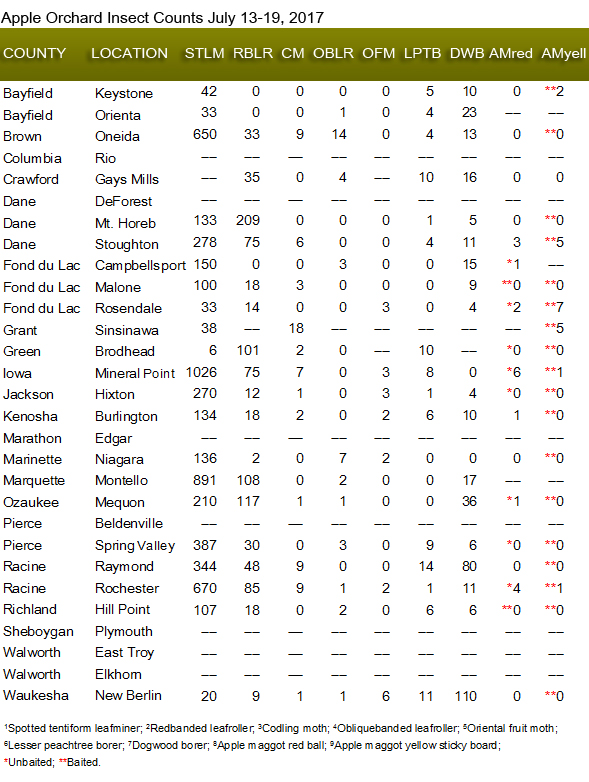
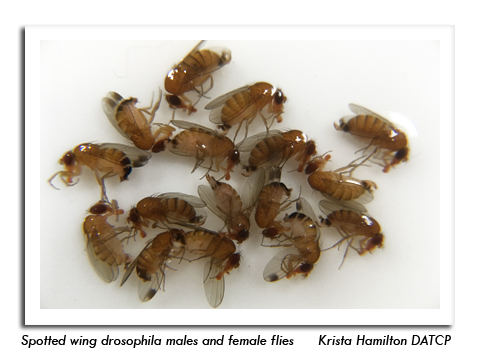
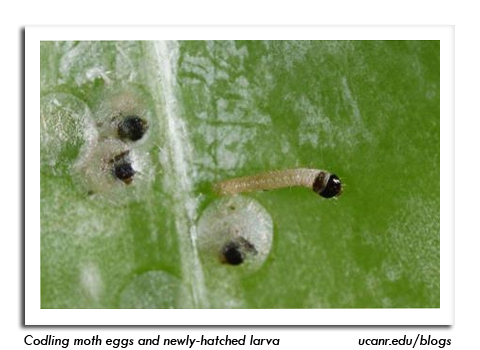
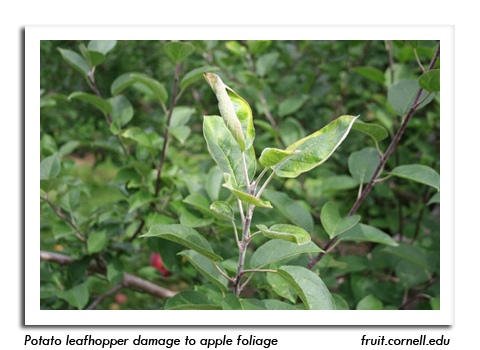
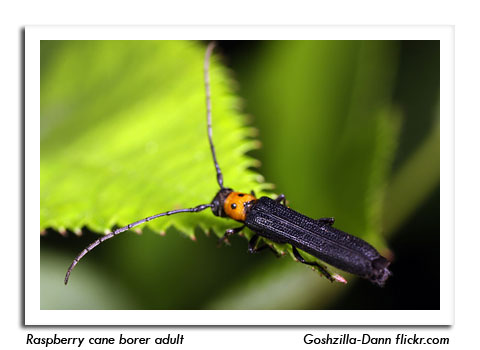
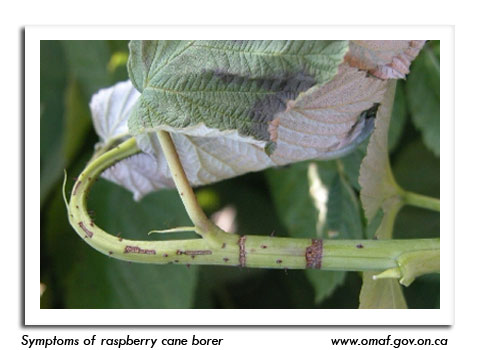
|
|
|